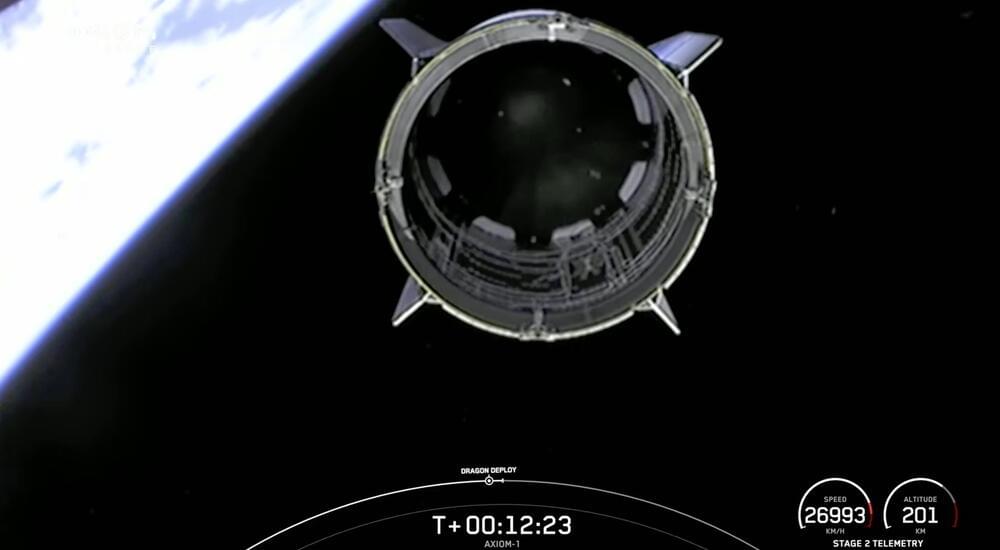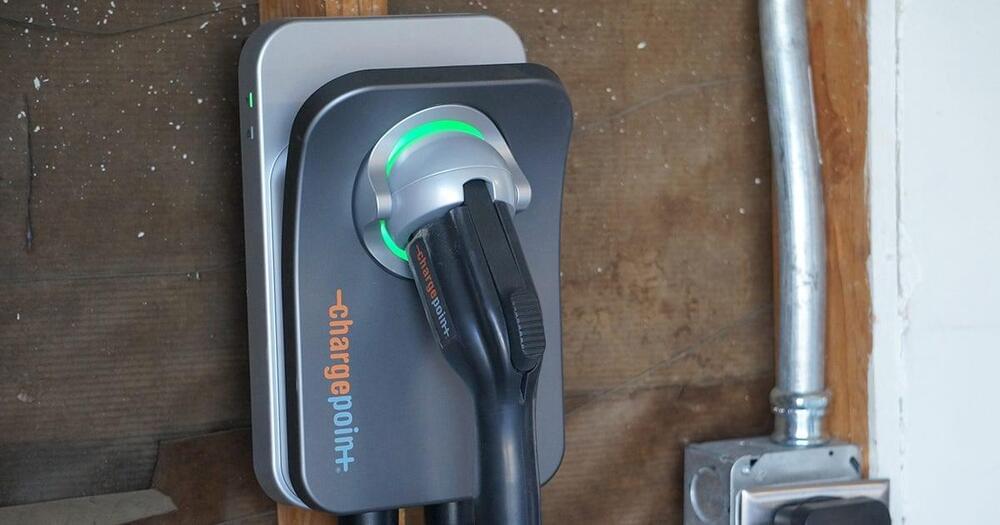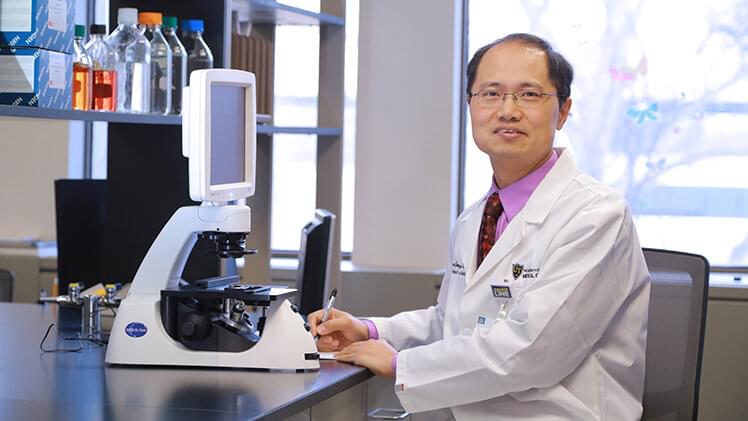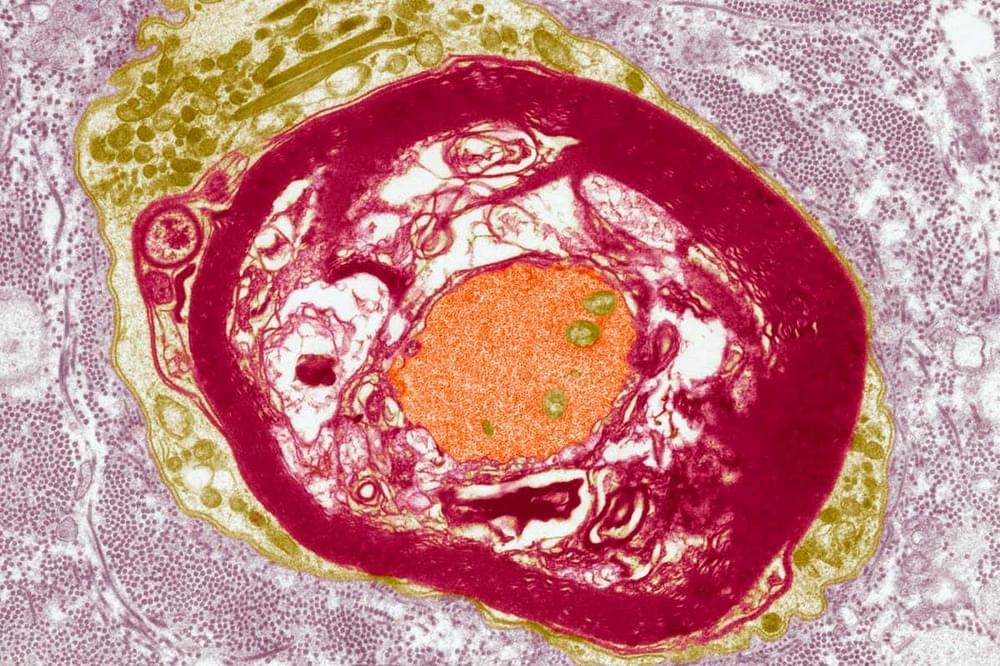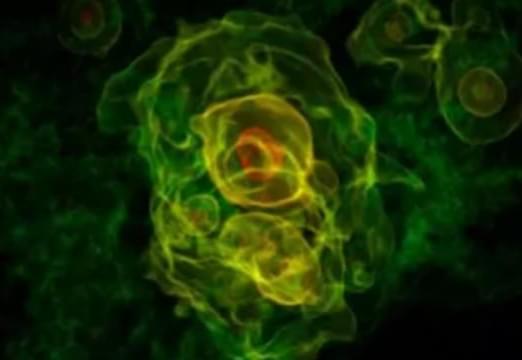Boston-based solar company ClearPath Energy and Maitland, Florida-based Castillo Engineering, a solar engineering firm, are building six community bifacial solar farms in New York State.
UnderstandSolar is a free service that links you to top-rated solar installers in your region for personalized solar estimates. Tesla now offers price matching, so it’s important to shop for the best quotes. Click here to learn more and get your quotes. — *ad.
Ranging from 4.5 megawatts (MW) to 7.5 MW in size, the six solar farms are currently in late stages of construction in central New York State, and some are already mechanically completed. All six projects are scheduled to be operational in the second quarter of 2022.


